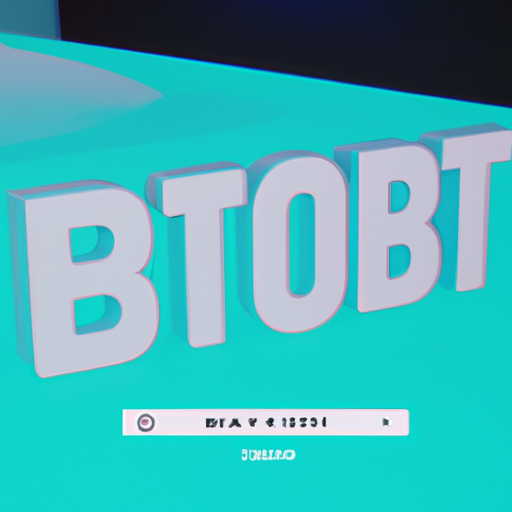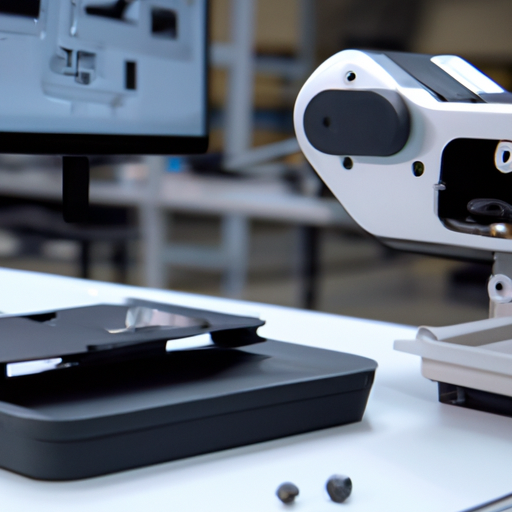How OCR is Revolutionizing Data Entry in Accounting
- michael
- May 11, 2023
Optical Character Recognition (OCR) is a groundbreaking technology that translates scanned text, images, or printed documents into machine-readable and editable formats. Over the years, OCR has advanced significantly and is now revolutionizing data entry in accounting, leading to remarkable improvements in automation, efficiency, and accuracy. This essay will delve deeper into the transformative impact of OCR on the accountingsector by discussing its role in enhancing data entry processes, streamlining workloads, reducing human errors, and shaping the future of the accounting profession.
OCR Technology and Data Entry in Accounting
Data entry has always been an essential but time-consuming aspect of accounting. The manual entry of financial data can lead to errors, inconsistency, and delays in processing. OCR technology has been a game-changer in this regard, as it enables the rapid and accurate extraction of data from various sources, such as invoices, receipts, and financial statements. By converting these documents into digital formats, OCR significantly reduces the need for manual data entry, allowing accounting professionals to focus on more valueadded tasks.
Automation and Efficiency in Accounting
The integration of OCR technology in accounting software has greatly contributed to the automation of data entry processes. By automatically scanning, extracting, and organizing relevant financial information, OCR allows accountants to reduce the time spent on manual data entry and verification. This, in turn, leads to increased efficiency and productivity, as professionals can allocate their time and expertise to more complex and analytical tasks.
In addition to accelerating data entry, OCR-driven automation also reduces the risk of errors associated with manual entry, such as transposition or omission mistakes. By minimizing these errors, OCR technology improves the accuracy and reliability of financial data, ultimately leading to better decision-making and overall business performance.
The Role of OCR in Reducing Human Errors and Enhancing Data Quality
One of the most significant benefits of implementing OCR technology in accounting is the reduction of human errors. Manual data entry is prone to mistakes, such as typos, incorrect figures, or misclassifications, which can have far-reaching consequences for businesses.
OCR eliminates the need for manual entry by automatically extracting data from financial documents and populating the relevant fields in accounting systems. This not only saves time and effort but also minimizes the potential for errors, ensuring that the financial data used for decision-making is accurate and reliable.
Furthermore, OCR technology can identify and flag inconsistencies in documents, enabling accountants to address these issues promptly. This proactive approach to error detection and correction helps maintain the integrity of financial data and reduces the risk of costly errors or misrepresentations.
Integration of OCR with Cloud-Based Accounting Solutions
The rise of cloud-based accounting solutions has further expanded the potential of OCR technology in the accounting field. By integrating OCR with cloud-based platforms, accounting professionals can access and process financial data from anywhere, at any time, and on any device. This seamless access to financial information greatly enhances the efficiency and flexibility of accounting workflows, enabling businesses to respond more quickly to changing market conditions and make data-driven decisions.
Moreover, the combination of OCR and cloud-based accounting systems facilitates realtime collaboration between team members, streamlining the entire accounting process. As a result, businesses can benefit from improved communication, more accurate financial data, and faster decision-making
OCR and the Future of Accounting
As OCR technology continues to evolve and become more sophisticated, its impact on the accounting industry is expected to grow even further. Machine learning and artificial intelligence advancements are likely to enhance OCR capabilities, enabling it to recognize and process even more complex documents and data types. This ongoing development will further streamline data entry, improve data quality, and contribute to more comprehensive and efficient accounting practices.
Moreover, the integration of OCR with other emerging technologies, such as robotic process automation (RPA) and natural language processing ((NLP), promises to further optimize accounting workflows. These technologies can work in tandem to automate a wide rangeof tasks, from data extraction and entry to financial analysis and reporting. As a result, the accounting profession will continue to evolve, becoming more focused on providing strategic insights and value-added services to clients.
In addition, the increased adoption of OCR technology is expected to have a profound impact on the skill sets required of accounting professionals. As manual data entry becomes less relevant, accountants will need to develop expertise in data analysis, interpretation, and strategic decision-making. This shift will require continuous learning and adaptation, as professionals embrace the potential of OCR and other emerging technologies to transform their roles and responsibilities.
The adoption of OCR technology is also likely to have a positive effect on environmental sustainability. By reducing the reliance on paper-based documents and facilitating the transition to digital formats, OCR can contribute to more eco-friendly accounting practices. This shift towards a paperless office not only helps reduce the environmental impact of businesses but also enables more efficient and streamlined accounting workflows.
Conclusion
OCR technology has revolutionized data entry in accounting, leading to significant improvements in automation, efficiency, and accuracy. By reducing the need for manual data entry and mitigating errors, OCR has allowed accounting professionals to focus on more value-added tasks and improve the quality of financial data. As OCR and other emerging technologies continue to advance, the accounting industry is poised to benefit even further from their transformative potential, resulting in more effective and reliable financial management practices.
The integration of OCR with cloud-based accounting solutions, RPA, and NLP will continue to shape the future of the accounting profession. As a result, accounting professionals must adapt to these technological advancements and hone their skills in data analysis and strategic decision-making. Ultimately, the transformative impact of OCR technology on the accounting sector will lead to more efficient, accurate, and sustainable financial management practices, enhancing the overall performance and competitiveness of businesses worldwide.

Robotic Process Automation
Blog Categories
Feel free to get in touch with our experts.
Other articles
Emerging Chatbot Trends: AI Technology, NLP, Sentiment Analysis & Multi-Language Support for Customer Support
Enhancing healthcare through intelligent conversation. Enhancing Mental Health Support and...
Read MoreHow to Get Started with AI and RPA
Introduction to AI and RPA: A Beginner’s Guide Artificial Intelligence...
Read MoreAI and RPA for Customer Service
The Impact of AI and RPA on Customer Service: Enhancing...
Read More


